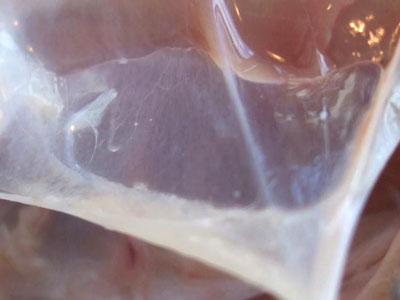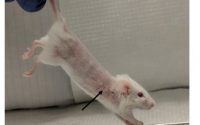Hormone receptor expression in human fascial tissue
Researchers from University of Padova, Italy, recently investigated the role of hormones in myofascial tissues.
They are interested to the fact that many epidemiologic, clinical, and experimental findings point to sex differences in myofascial pain in view of the fact that adult women tend to have more myofascial problems with respect to men. They hypothesized that is possible that one of the stimuli to sensitization of fascial nociceptors could come from hormonal factors such as estrogen and relaxin, that are involved in extracellular matrix and collagen remodeling and thus contribute to functions of myofascial tissue.
They conducted an experiment using immunohistochemical and molecular investigations (real-time PCR analysis) of relaxin receptor 1 (RXFP1) and estrogen receptor-alpha (ERα) localization on sample of human fascia collected from 8 volunteers patients during orthopedic surgery (all females, between 42 and 70 yrs, divided into pre- and post-menopausal groups), and in fibroblasts isolated from deep fascia, to examine both protein and RNA expression levels. They assume that the two sex hormone receptors analyzed are expressed in all the human fascial districts examined and in fascial fibroblasts culture cells, to a lesser degree in the post-menopausal with respect to the pre-menopausal women.
They found that hormone receptor expression was concentrated in the fibroblasts, and relaxin receptor 1 (RXFP1) was also evident in blood vessels and nerves. These results are the first demonstrating that the fibroblasts located within different districts of the muscular fasciae express sex hormone receptors and can help to explain the link between hormonal factors and myofascial pain. It is known, in fact, that estrogen and relaxin play a key role in extracellular matrix remodeling by inhibiting fibrosis and inflammatory activities, both important factors affecting fascial stiffness and sensitization of fascial nociceptors.
The study was published in European Journal of Histochemistry


